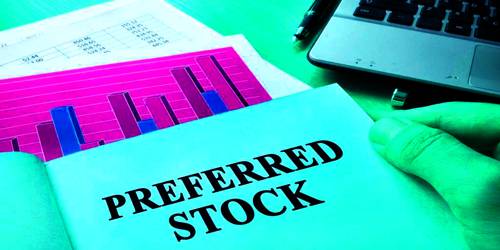Cost of Preferred Stock
Preferred stock is an equity security with properties of both equity and a debt instrument. Cost of preferred stock is the rate of return required by the holders of a company’s preferred stock. It is generally considered a hybrid instrument. Preferred stock represents some degree of ownership in a company but usually doesn’t come with the same voting rights. In the event of liquidation, preferred shareholders are paid off before the common shareholder, but after debt holders. Preferred stock may also be callable or convertible, meaning that the company has the option to purchase the shares from shareholders at any time for any reason – usually for a premium – or convert the shares to common stock. It is usually less than the cost of common stock, for which investors demand an even higher return on investment. Similar to bonds, preferred stocks are rated by the major credit rating companies. Some people consider the preferred stock to be more like debt than equity.
It is calculated by dividing the annual dividend payment on the preferred stock by the preferred stock’s current market price.
Formula:
[Cost of Preferred Stock = Annual Dividend on Preferred Stock / Current Market Price of Preferred stock]
Once they have the rate, they can compare it to other financing options. The cost of preferred stock is also used to calculate the Weighted Average Cost of Capital.
Contribution to Cost of Capital
Because preferred stock carries a differing amount of risk than other types of securities, we must calculate its asset specific cost of capital to work into our overall weighted average cost of capital. Similar to debt, this can be a relatively simple process since we can observe values needed as inputs in the market. With preferred shares, investors are usually guaranteed a fixed dividend forever. This is different than common stock, which has variable dividends that are never guaranteed.
















